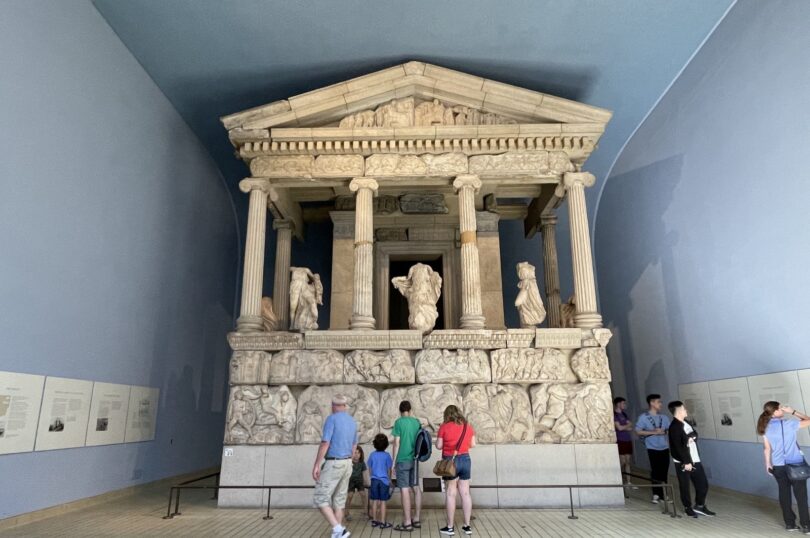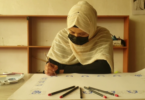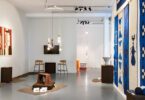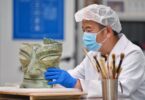ISTANBUL (AA) : Türkiye has decided to intensify its efforts to reclaim artifacts belonging to ancient Anatolian civilizations and the Ottoman Empire from world-renowned museums in the U.K., as the news of thefts and loss at the institutes spreads.
The British Museum came into the spotlight on Aug. 16 with news that many artifacts stored in its warehouses had been stolen, lost or damaged. At the time, the names of those responsible or the number of missing artifacts were not announced. Later, it was revealed that approximately 2,000 items were either lost, stolen or damaged.
Peter Higgs was identified as the suspect responsible for the incident and was dismissed from his job in July. He had been working at the museum for 30 years in the field of Mediterranean cultures and Hellenistic period sculptures and artifacts. It was also determined that incidents of theft had been going on for years.
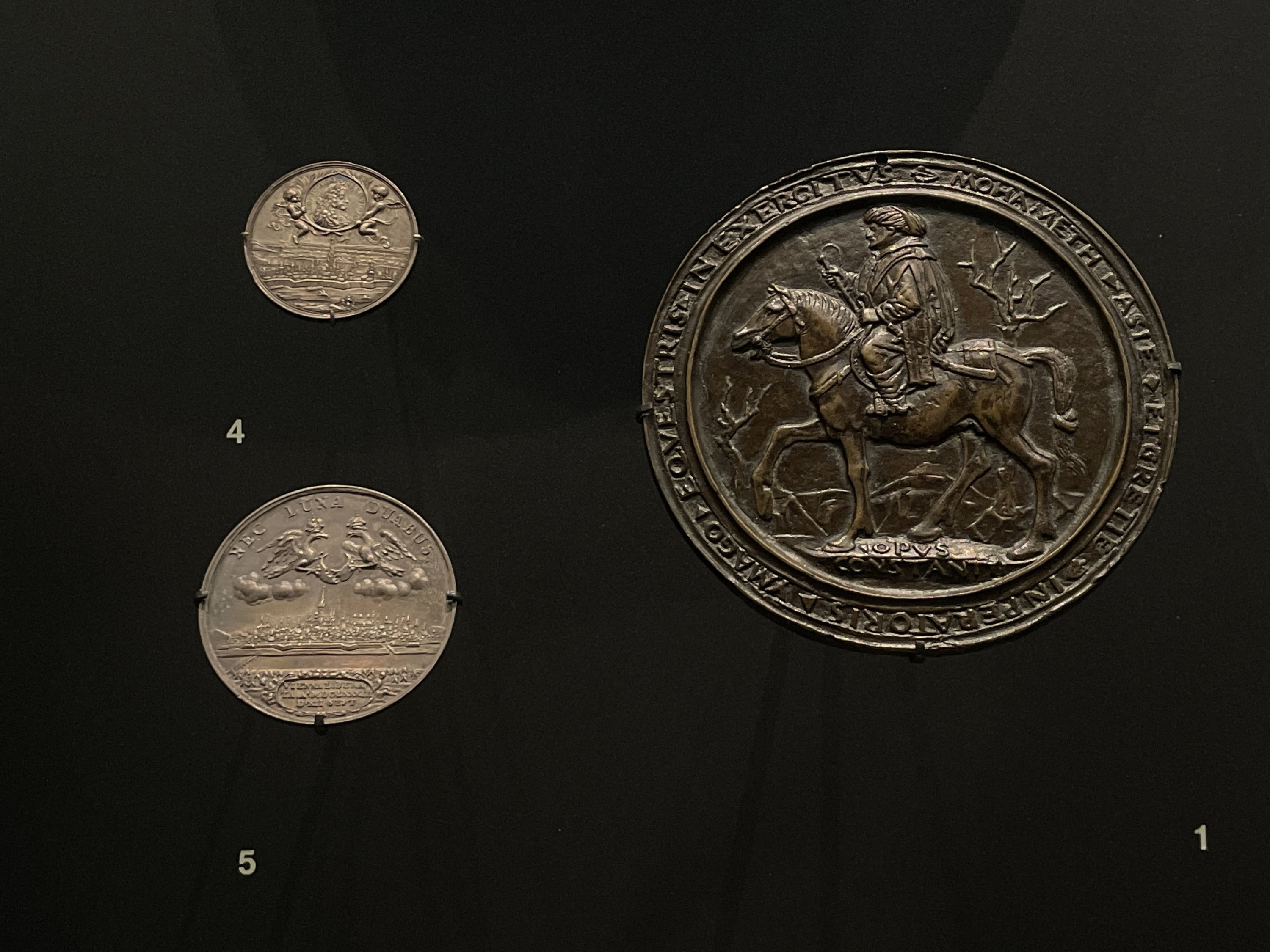
Foreign experts claimed that the stolen artworks were being sold online. Some items waiting to be sold on eBay were presented as evidence. The fact that the eBay seller’s username presented as evidence and Higgs’s username in X is the same, “Sultan1966,” deepened the suspicions about him.
Following the theft reports, a letter was sent to the museum through the Ministry of Foreign Affairs by Zeynep Boz, the head of the Department of Endeavor with Smuggling at the Ministry of Culture and Tourism. The letter requested information and the return of the Anatolian artifacts in the museum to Türkiye.

Artifacts from Muğla
One of the museum’s most remarkable sections is the galleries between Rooms 15 and 23, where artifacts from ancient cities in Türkiye, mainly from Muğla, are exhibited. You can also find items from various cities in Greece and Türkiye in these galleries.
There are two galleries consisting entirely of historical artifacts brought from Muğla. The remains of the “Mausoleum at Halicarnassus,” which is one of the Seven Wonders of the Ancient World, are displayed in gallery No. 21, named after this monument.
Also, the sculptures of King Mausolos and his wife Artemisia of Caria, as well as the monumental statues of a giant and lions, along with relief panels depicting scenes from battles and various busts, are located here. Some of the marble relief panels have been temporarily sent to museums in the U.S.
The Mausoleum of Halicarnassus is connected to the “Nereid Monument” gallery through a corridor. In this gallery, the parts of the monument have been meticulously reassembled, and it also showcases other artifacts brought from the ancient city of Xanthos in Muğla.

Visitors to the British Museum are greeted by two lion sculptures inside the main entrance. After passing these two lions, which were excavated from the Mausoleum of Halicarnassus, visitors can reach the museum’s central area known as the “Second Great Court.” Here, the large Lion of Knidos can be observed, too.
Another sculpture taken from Knidos in Muğla’s Datça district and brought to the U.K. is the statue of Demeter, the goddess of fertility and agriculture.
Sultan Selim III’s sword
Sultan Selim III’s sword was also among the items sold to the museum by the “donor” Edward Beghian. However, there is a lack of information regarding the provenance of many items donated by prominent individuals in the past.
In addition, the British Museum houses numerous other historical artifacts from Türkiye, such as the bronze head of an Aphrodite statue from Gümüşhane, the previously undiscovered statue of King Idrimi from Hatay and many more.
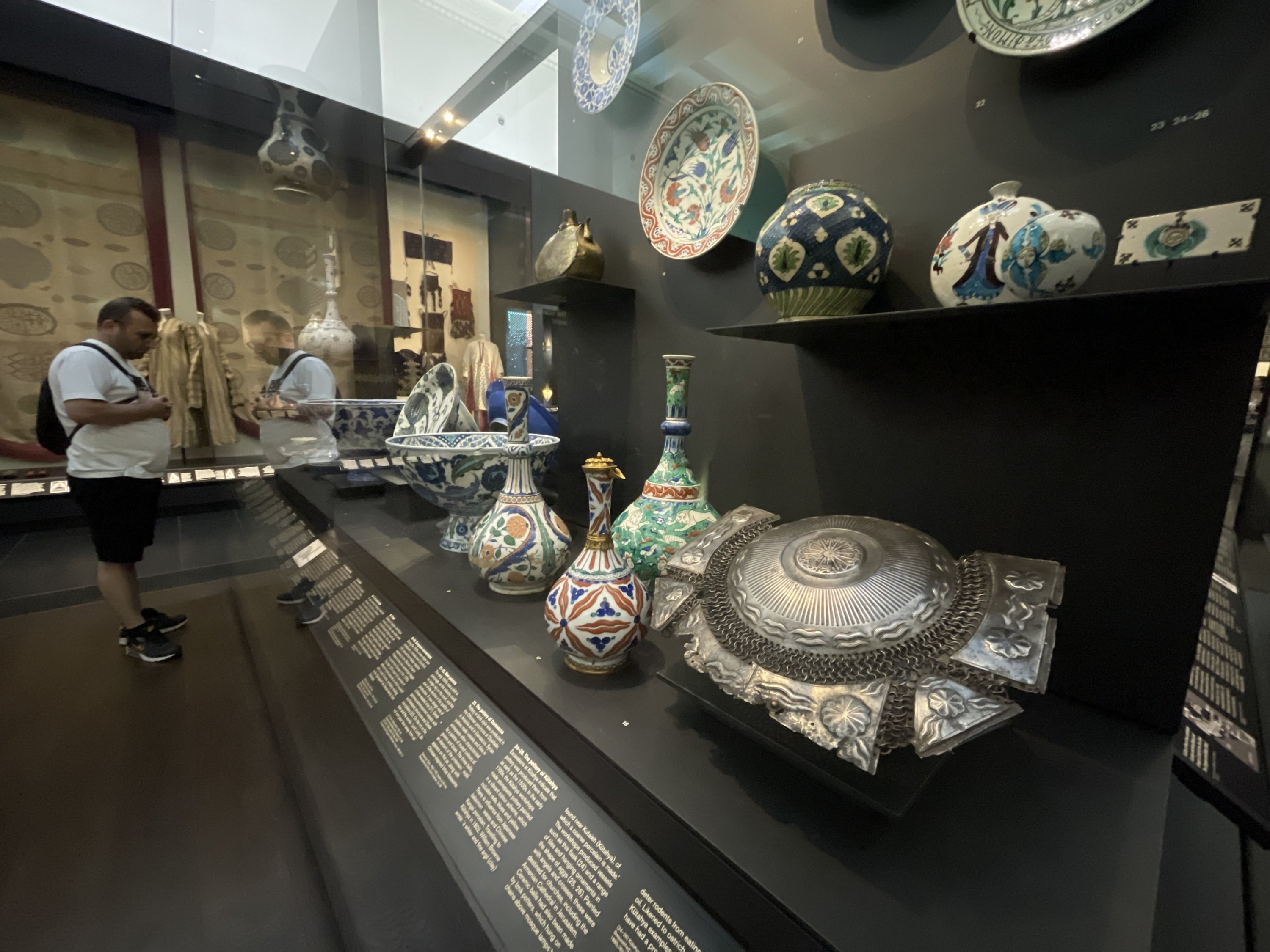
Tiles from Eyüp Sultan
The Victoria and Albert Museum (V&A) in London, on the other hand, captivates its visitors as a museum that houses artworks brought from all over the world.
The museum’s collection spans 5,000 years and, just like the British Museum, consists of items acquired through donations or purchases from collectors and dealers around the world.
Ceramics and portraits of Ottoman sultans are some of the most notable Turkish artifacts of the V&A. The museum also displays a portrait commissioned by Mehmed the Conquerer to the Italian artist Gentile Bellini. Visitors can also view numerous drawings of Ottoman sultans in the museum.
The museum also includes sections dedicated to Turkish art, including carpets and textiles, and it showcases ceramic tiles as well. The total tile panels displayed in the museum are from Abu Ayyub al-Ansari’s tomb, Edirne Palace and Piyale Paşa Mosque.
Another noteworthy item is a complete tile fireplace from the Fuat Paşa Mansion in Istanbul.
The Ashmolean Museum at Oxford University, with a history spanning 350 years, boasts an extensive collection of Turkish ceramics, drawings, paintings and archaeological artifacts. Out of its roughly 120,000 items, approximately 1,700 have ties to Türkiye.

